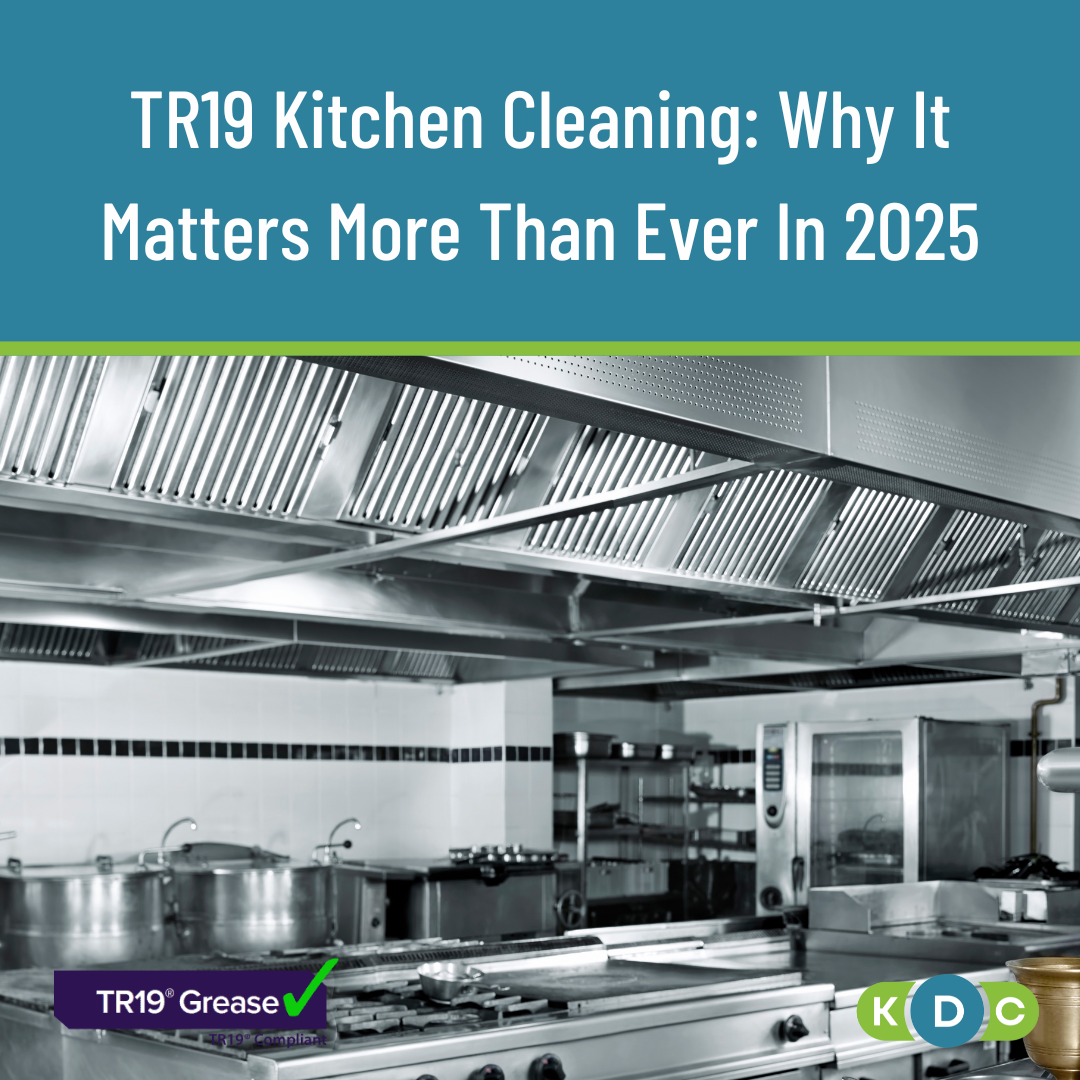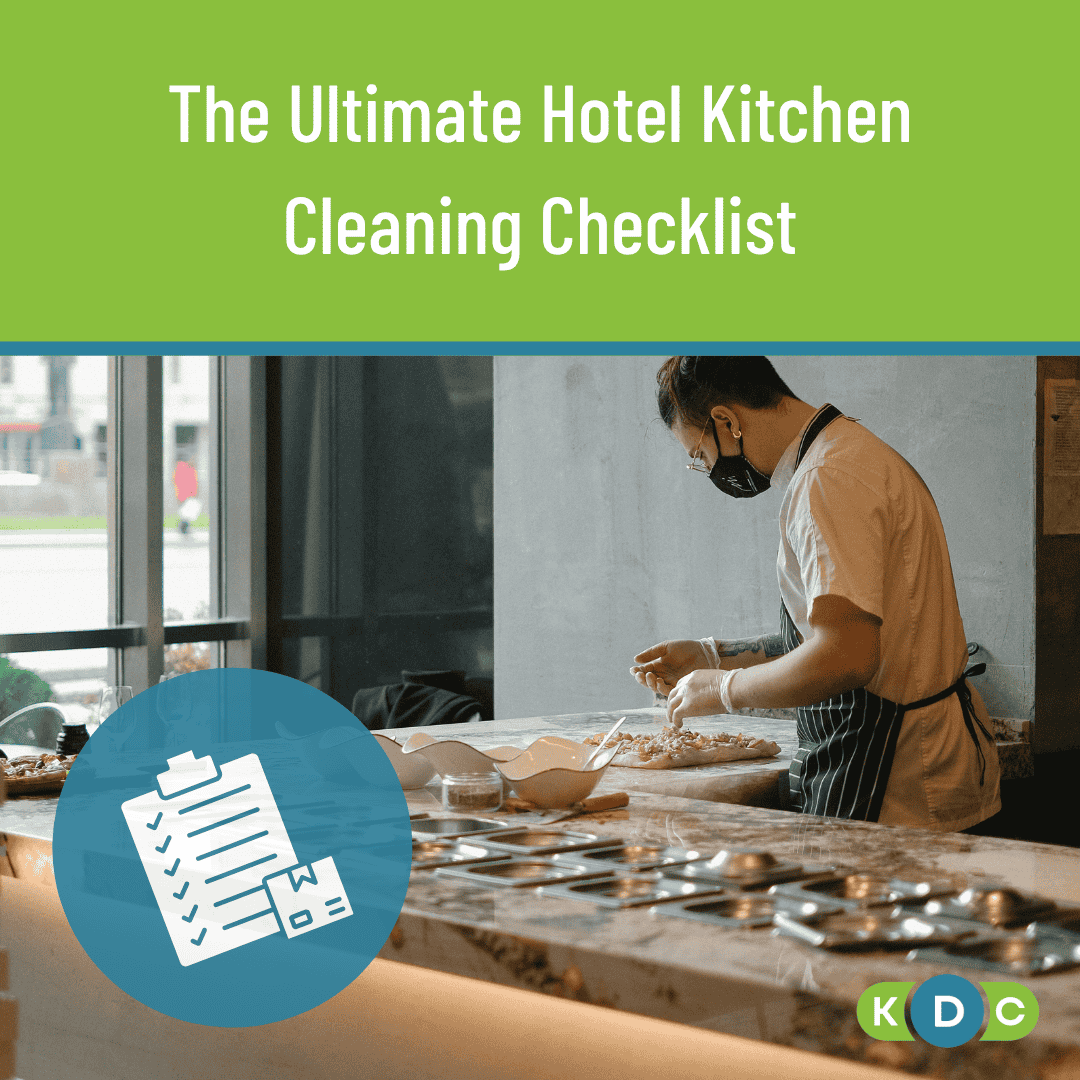The 4Cs of Food Safety in Practice
Master the 4Cs of food safety: Cleaning, Cooking, Chilling and Cross-contamination. Essential guidance for UK restaurants and commercial kitchens.
If you’re working in the food business, you no doubt know that every food safety practice worth its salt comes down to the four fundamental principles known as the 4Cs of food safety.
Whether you’re running a bustling restaurant, a hospital kitchen, a catering outfit, or a school cafeteria, these are your best mates in the fight against dreaded foodborne illnesses.
The four C’s are:
- Cleaning
- Cooking
- Chilling
- Cross-contamination
Master these basic principles, and you’ll be well on your way to keeping your customers safe and your food establishment running smoothly. Since they’re the foundation for good hygiene in any professional kitchen, it’s best you get them right, each and every day. In this blog, we’ll offer practical advice on how (and why) the 4Cs should be kept in mind as part of your regular practice.
Why food safety matters in professional settings
Remember that in a commercial kitchen, food safety isn’t just good practice. It’s the law. One slip-up can lead to food poisoning outbreaks, hefty fines and a ruined reputation that’s harder to salvage than burnt custard.
The Food Standards Agency (FSA) sets clear expectations for UK food businesses, and they’re not messing about. You’re legally responsible for protecting your customers from harmful bacteria and other nasties. That’s where a proper food safety management system (FSMS), based on HACCP principles (Hazard Analysis and Critical Control Points), comes in. It’s your roadmap to meeting food safety standards and staying on the right side of food safety legislation.
Plus, getting this right boosts your score in the food hygiene rating scheme (FHRS). That little green sticker in your window? It matters. As we’ve published on our blog before, customers notice it, environmental health officers check it and your business depends on it. A strong safety management system shows that you take the risk of food poisoning seriously and are committed to compliance with food regulations.
The first C: Cleaning
If there’s one C that deserves extra attention, it’s this one. A clean kitchen is a safe kitchen – end of story.
What cleaning really means
Cleaning isn’t just about making things look presentable. It’s about eliminating dirt, grease, allergens and harmful bacteria from every surface that touches food. We’re talking about a proper two-step process here:
- Cleaning – using detergent and hot, soapy water to shift dirt and prepare surfaces.
- Disinfecting – using chemicals to kill any germs left behind.
Poor cleaning practices can lead to bacteria building up fast. You wouldn’t serve food on a dirty plate, so why would you prep it on a contaminated worktop?
Key areas that need your attention
Food contact surfaces are the obvious ones – think chopping boards, prep tables, utensils and equipment. But don’t forget about handles, switches and even raw materials like muddy root veg that need a good rinse before they go anywhere near your kitchen.
Personal hygiene matters
Your food handlers are part of the cleaning equation, too. Wash your hands properly (for at least 20 seconds with hot, soapy water) before handling food, after touching raw ingredients and after any toilet breaks. It goes without saying, this is a non-negotiable.
Meeting the standards
Cleaning products need to be up to scratch as well. Look for industrial-strength options that meet BS EN standards, like BS EN 1276 or BS EN 13697. These numbers serve as proof that your products actually work.
Maintaining high standards also means adopting a ‘clean-as-you-go’ policy rather than leaving everything until the end of the shift. Set up a regular cleaning schedule, stick to it and make sure everyone keeps food hygiene top of mind.
If you’ve neglected to do proper cleaning and want ‘a fresh start’, you might want to consider calling in professional cleaners. Our deep-cleaning services go far beyond the daily wipe-down and can help you clean up clogged extraction systems as well as other hard-to-reach corners.
The second C: Cooking
Cooking is often what gets food to taste lovely, but it’s also your main weapon against harmful bacteria, as proper cooking kills off the nasties that can cause serious illness.
The golden rule? Temperature
When it comes to cooking safety rules in the UK, you should aim for a core temperature of 70°C held for two minutes, or at least 75°C for most meats. That ensures food is cooked through and through, with no dodgy cold spots lurking in the middle.
Don’t guess. Use a clean food thermometer to check the internal temperature of high-risk foods such as chicken, minced meat, or anything rolled or stuffed. Stick it in the thickest part, away from any bones, and make sure you’re hitting those numbers deemed safe.
Keeping food hot
If you’re not serving hot food immediately, keep it at 63°C or above. Anything lower is a bad move.
Reheating: Do it right or not at all
Need to reheat food? Make sure it’s steaming hot all the way through (generally around 74°C) and only reheat it once. Food that’s been cooled and reheated multiple times is asking for trouble.
So, cook thoroughly, check your temperatures and you’ll be able to tick this C off your list nicely.
The third C: Chilling
Chilling slows bacterial growth right down, yet it doesn't stop it completely. That’s why chilling and storage food safety practices are so crucial in a professional kitchen.
The danger zone
Bacteria love what’s called the temperature danger zone, which is roughly between 5°C and 60°C. In this range, they multiply faster than you can say “food poisoning outbreak”. Your job? Keep food out of this zone as much as possible.
UK temperature requirements
- Fridges: between 0°C and 5°C
- Freezers: -18°C or below
Check your appliances regularly with a thermometer. If they’re running warm, sort it out asap.
Chilling after cooking
Cooked food needs to cool down and get into the fridge within two hours. Don’t just bung a massive pot of stew in the fridge and hope for the best, as it’ll take ages to cool and the centre will stay in the danger zone for far too long. Instead, divide it into smaller, shallower containers so it chills evenly.
During food preparation
Keep food out of the fridge for the shortest time possible during prep. So get what you need, work efficiently and pop it back in quickly. Prompt refrigeration is key to food preservation and making sure everything stays food safe.
The fourth C: Cross-contamination
Cross-contamination − one of the main causes of food poisoning in commercial kitchens − is sneaky. It’s how bacteria from raw food (especially raw meat) ends up on ready-to-eat food.
The three routes of contamination
- Food to food – raw juices dripping onto prepared items.
- Equipment to food – using the same chopping board for raw chicken and salad.
- People to food – touching ready-to-eat food with unwashed hands after handling raw meat.
How to avoid cross-contamination in your kitchen
Storage is crucial. Always store raw meat on the bottom shelf of your fridge. That way, if any juice does escape, it won’t drip onto other types of food below. Keep raw food well away from ready-to-eat items.
Use separate equipment. Invest in colour-coded chopping boards. Try red for raw meat, green for veg, blue for fish, etc. Also use different knives and utensils for different types of food preparation. It sounds like overkill, sure, but it works.
Clean between tasks. If you’ve used a surface to chop raw meat, clean and disinfect it before you use it for anything else. Otherwise, you’ll contaminate food without even realising.
Wash your hands. Again. And again. Before you handle food, after touching raw ingredients and any time you switch between tasks.
Don’t forget allergen management
Cross-contamination is also about allergens. Keep ingredients containing common allergens separate, use dedicated equipment and train your team to take allergen requests seriously. Remember, someone’s life could depend on it.
Beyond the 4cs: Building a safe kitchen culture
Knowing about the 4Cs is one thing. Actually applying them day in, day out? That’s where the real work happens.
Training is essential
The law requires food business operators to make sure food handlers receive proper supervision and training in food hygiene. It’s a legal requirement. Your team needs to understand not just what to do, but why they’re doing it.
Implementing a food safety management system
An effective food safety management system pulls everything together. Based on HACCP guidelines, it identifies where things could go wrong and puts controls in place to stop problems before they start.
Meeting food hygiene requirements through proper food hygiene and food handling practices isn’t just about passing health inspections. It’s about creating a culture where everyone understands their role in keeping food safe.
Inspections and ratings
Routine inspections from environmental health officers keep you honest. Aim for a good food hygiene rating. More than a badge of honour, it’s proof that you’re maintaining the key areas of food hygiene and meeting food hygiene standards consistently. And as we’ve highlighted in a previous blog, research by the FSA revealed that 38% of the respondents polled – the largest percentage – said that they wouldn’t eat at an establishment with a FHRS rating of less than 4
Putting it all together
The 4Cs – Cleaning, Cooking, Chilling and Cross-contamination – might sound simple, but they’re powerful tools when you use them properly. 4Cs examples in restaurants should show up every single day: the chef checking temperatures, the kitchen porter scrubbing surfaces, the line cook storing ingredients correctly and everyone washing their hands between tasks. When you consistently apply these principles, the food you prepare and the food you serve will be food safe. That’s what matters the most.
Need help with the ‘Cleaning’ C? At KDC Hygiene Ltd, we specialise in supporting commercial kitchens to maintain the highest hygiene standards. From deep cleans to extraction system maintenance, we’ll help you keep your food business running safely and smoothly. Give us a ring and we’ll be ready to help out.
FAQs
What are the 4Cs of food safety?
The 4Cs are Cleaning, Cooking, Chilling and Cross-contamination. These fundamental principles form the foundation of food hygiene best practices in commercial kitchens, helping prevent foodborne illnesses and ensure compliance with UK food safety legislation.
What temperature should food be cooked to in UK restaurants?
UK cooking safety rules require a core temperature of 70°C held for two minutes, or at least 75°C for most meats. Always use a food thermometer to check the thickest part of high-risk foods like chicken and minced meat to ensure thorough cooking.
How do you prevent cross-contamination in commercial kitchens?
Use colour-coded chopping boards for different food types, store raw meat on the bottom fridge shelf, clean equipment between tasks and wash hands frequently. Keep raw food separate from ready-to-eat items and use dedicated utensils for different ingredients.
What temperature should fridges be in UK food businesses?
Fridges must be kept between 0°C and 5°C, and freezers at -18°C or below. Regular temperature checks are essential as bacteria multiply rapidly in the danger zone (between 5°C and 60°C), making proper chilling and storage food safety critical.
Why is cleaning important in restaurant food safety?
Cleaning in restaurants eliminates harmful bacteria, dirt and allergens from food contact surfaces. Proper cleaning involves a two-step process of washing with hot soapy water, then disinfecting. Using products that meet BS EN standards ensures effective bacteria elimination.














